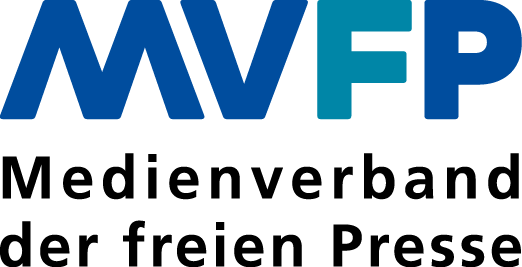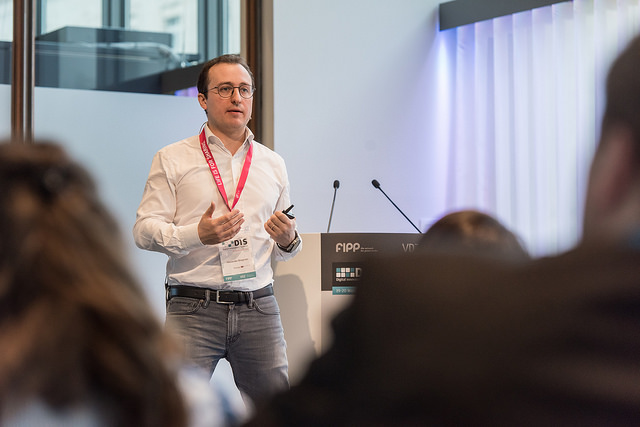How voice-activated devices create opportunities for publishers
As voice-activated devices and services become more ubiquitous, new opportunities are opening up for publishers to reach users. On day two of the Digital Innovators’ Summit in Berlin, Alexander Bregman, Strategic Partner Development Manager at Google EMEA, explained how the combination of Google Assistant and the rise of smart speakers could lead to great partnerships with publishers in the very near future.
Google Assistant is described as an executive assistant, available across a range of different devices including phones, smartwatches, computers, and headsets. In total, 400 million devices are enabled across the world.
What does that mean for publishers?
Alexander began by outlining three major areas where new media and contexts could be explored by publishers: audio, text, and video.
By focusing on a typical user’s daytime routine, it is possible to identify spikes of interest and therefore points of intervention via one of these media.
Audio: the popularity of “news briefs” or “narrative news”
With Google Assistant, said Alexander, “news briefs” or “narrative news” - created by publishers specifically for the platform - are one of the most popular ways of getting information. “I ask my device, OK Google, what’s the news? It will play a news brief from my favourite channel, for example a recent radio excerpt from France Info, and I can select my own preferences,” demonstrated Alexander.
When a user asks for their morning news brief, they can also ask Google Assistant to follow a particular story throughout the day so that they can stay abreast of what interests them. Spikes of interest emerge during users’ morning routine, commute, and evening routine; publishers can then create and curate an RSS feed of audio content specifically designed to be requested at these most popular times of day. Alexander urged anyone interested to contact a Google representative to register.





